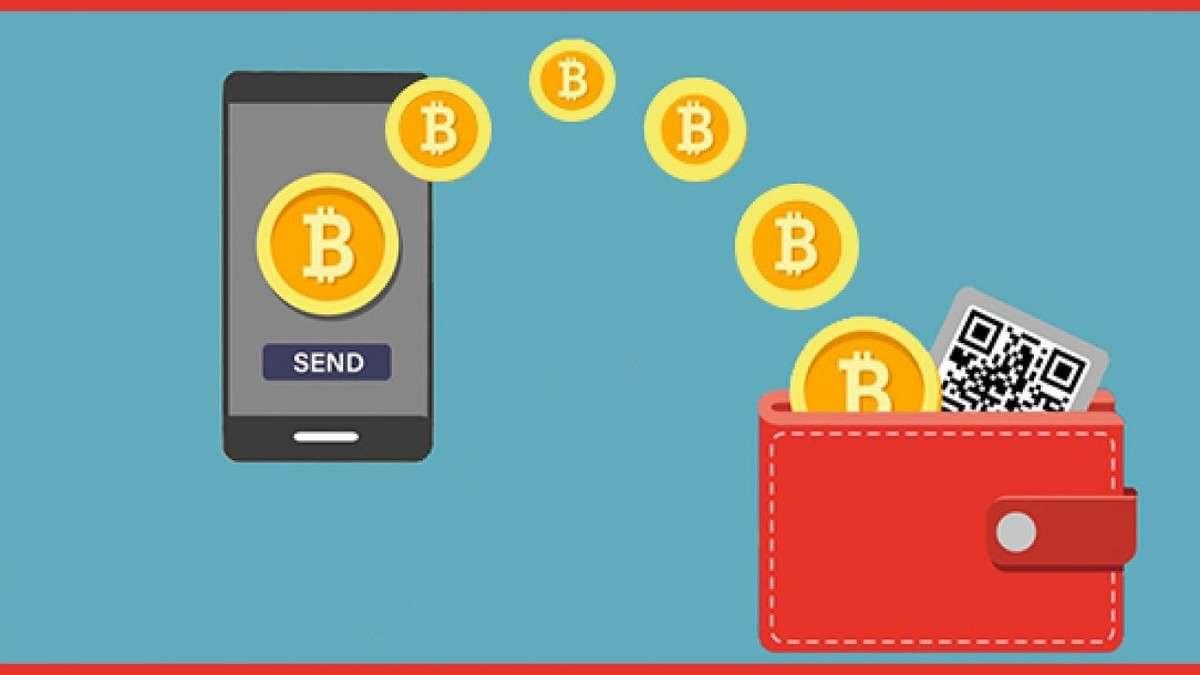The Fed The stable in stablecoins
Content
This structure stands in contrast to most cryptocurrencies, such as Bitcoin and Ethereum, which are backed by nothing at all. Unlike stablecoins, these other cryptocurrencies fluctuate greatly, as speculators push their prices up and down as they trade for profits. Stablecoins, however, allow these users to take advantage of the stability of fiat currencies without ever going off-chain. There is a sizable segment of crypto users who wish to remain anonymous. For these users, withdrawing funds from their traditional banking accounts would require them to convert their cryptocurrency to fiat and reveal their identity for government records. The advantage of these stablecoins is that they’re backed by an actual asset but are much more liquid than the asset itself.


“Adequate collateralization and sustainable yields are key,” he said. “An emphasis should be put on high-quality collateral that is on-chain but not protocol-native (as Luna is/was), that provides a solid backstop in times of stress.” Stablecoins are cryptocurrencies pegged to the price of another asset.
The future of stablecoins
For centralized issuers, this desire to make money leads to the controversy surrounding the transparency of reserves, as discussed above. For many, this is the drawback of the centralized model—the fact investors holding such stablecoins are taking on counterparty risk. Collateralized stablecoins maintain a pool of collateral to support the coin’s value. Whenever the holder of a stablecoin wishes to cash out their tokens, an equal amount of the collateralizing assets is taken from the reserves.
- For conservative investors who fear the cryptocurrency market’s volatility, Stablecoins are a far more enticing alternative.
- Cryptocurrency assets are often used as collateral for loans and credit.
- As their name suggests, fiat-collateralized stablecoins are backed by a reserve of a fiat currency while crypto-collateralized are backed by other cryptocurrencies.
- According to its partner developers, Binance and Paxos, BUSD is 100% backed by an “equal amount” of U.S. dollars and treasury bills.
- At a market cap of $66.9 billion, USDT is currently the third biggest cryptocurrency, behind Bitcoin and Ethereum .
The total supply of AMPL is rebased on a daily basis to track the CPI rate—both the volume-weighted average price of AMPL and the CPI index are provided to the Ampleforth protocol by Chainlink oracles. Another type of digital asset similar to stablecoins are Central Bank Digital Currencies . CBDCs are similar to centralized stablecoins, but they are issued by central banks and thus don’t necessarily have to be backed by fiat money in an off-chain bank account. CBDCs are considered legal tender by the government that issues them and are used for streamlining payments between both individuals and institutions. At their core, stablecoins are cryptocurrencies that try to maintain a “peg”—the same market value as the external asset they represent. Stablecoins also can anchor crypto trading and protect investors during volatile markets.
Examples of Stablecoins
For instance, in September 2021, Senator Cynthia Lummis (R-Wyoming) called for regular audits of stablecoin issuers, while others back bank-like regulations for the sector. Though Bitcoin remains the most popular cryptocurrency, it tends to suffer from high volatility in its price, or exchange rate. For instance, Bitcoin’s price rose from just under $5,000 in March https://xcritical.com/ 2020 to over $63,000 in April 2021 only to plunge almost 50% over the next two months. Intraday swings also can be wild; the cryptocurrency often moves more than 10% in the span of a few hours. Cryptocurrencies cannot be controlled by authorities or institutions such as central banks. A demand and supply mismatch cannot be neutralized by financial intermediaries.
In times of market volatility, you could exchange cryptocurrencies experiencing price swings for fiat-backed stablecoins that would ordinarily not move much due to their fiat peg. Because of the way crypto exchanges work, such a transaction would be quicker than cashing out that cryptocurrency, and you’d still remain invested in cryptocurrencies. Despite the differences in stablecoin architecture and design, all stablecoins require accurate price data for their underlying pegging mechanism and when used in decentralized applications.
What are stablecoins and how do they work?
There are three main types of stablecoins–fiat-collateralized, crypto-collateralized and algorithmic–and each provide a unique mechanism to stabilize their value. As their name suggests, fiat-collateralized stablecoins are backed by a reserve of a fiat currency while crypto-collateralized are backed by other cryptocurrencies. Algorithmic stablecoins do not necessarily hold reserve assets, instead maintaining their value by controlling its supply via an algorithm. A stablecoin is a type of cryptocurrency whose value is pegged to an external, generally stable, asset class such as a fiat currency or gold. Given the wild volatility of most cryptocurrencies like Bitcoin and Ether, stablecoins offer a less risky alternative to store money on the blockchain and facilitate payments between individuals and institutions alike.


For instance, the Dai stablecoin issued by MakerDAO is collateralized at 150%, meaning every 1 DAI in circulation is backed by 1.5x its equivalent value in Ethereum or other cryptocurrencies. Commodity-backed stablecoins are backed by reserves of physical assets like precious metals, oil and real estate. It’s important to note that while commodities markets may not be as volatile as cryptocurrencies, commodity-backed stablecoins are still riskier than fiat-backed stablecoins. While not particularly popular among the general cryptocurrency population, most commodity-backed stablecoins are used as a way to access asset classes that were previously inaccessible to small investors. The interest in stablecoins is that they are built to withstand volatility in a way that other cryptocurrencies aren’t, but still offer mobility and accessibility.
What are futures and how do they work?
On 13 June 2022, Tron’s algorithmic stablecoin, USDD, lost its peg to the US Dollar. Additionally, you can spend stablecoins at merchants around the world with the BitPay Card. Approval takes less than 10 minutes, and once you’re done you’ll what is a stablecoin be able to seamlessly spend your Gemini USD , USD Coin , Binance USD , Dai and more as easily as cash anywhere Mastercard is accepted. This use case is already being seen with some of the leading stablecoins, such as Dai and USD Coin .


Since the March 2021 report, Tether has reduced its holdings in commercial paper, and as of the fourth quarter 2021, they made up about 30 percent of reserves, compared to 44 percent in the third quarter. The company has said that it will continue decreasing its reliance on this funding. Of course, the size of these coins pales in comparison to the largest cryptocurrencies, such as Bitcoin, with a market cap of nearly $560 billion, and Ethereum, valued at more than $242 billion. Stablecoins solve one of the key problems with many mainstream cryptocurrencies, namely, that their drastic fluctuations make it tough, if not impossible, to use them for real transactions.
Reliance on a central authority
TrueUSD holds collateral in bank accounts of fiduciary partners that have signed escrow agreements. These bank accounts are subject to monthly audits to ensure trust in TrueUSD. USDC is traded on Coinbase, Poloniex, Binance, and other major exchanges like Huobi and Serum Dex.
Stablecoins just sound like the digital money I already use in my banking app. What’s the difference?
Certainly the wait-and-see approach from regulators has dramatically changed. Don’t blink an eye or you’ll miss a new regulator weighing in or refreshing their position. As in the broader digital asset industry,regulation of stablecoinsis extremely fragmented. In some circumstances, legislators have enacted new digital-asset-specific regulations or are looking to do so . Due to its volatility, cryptocurrencies haven’t achieved widespread use for day-to-day payments.